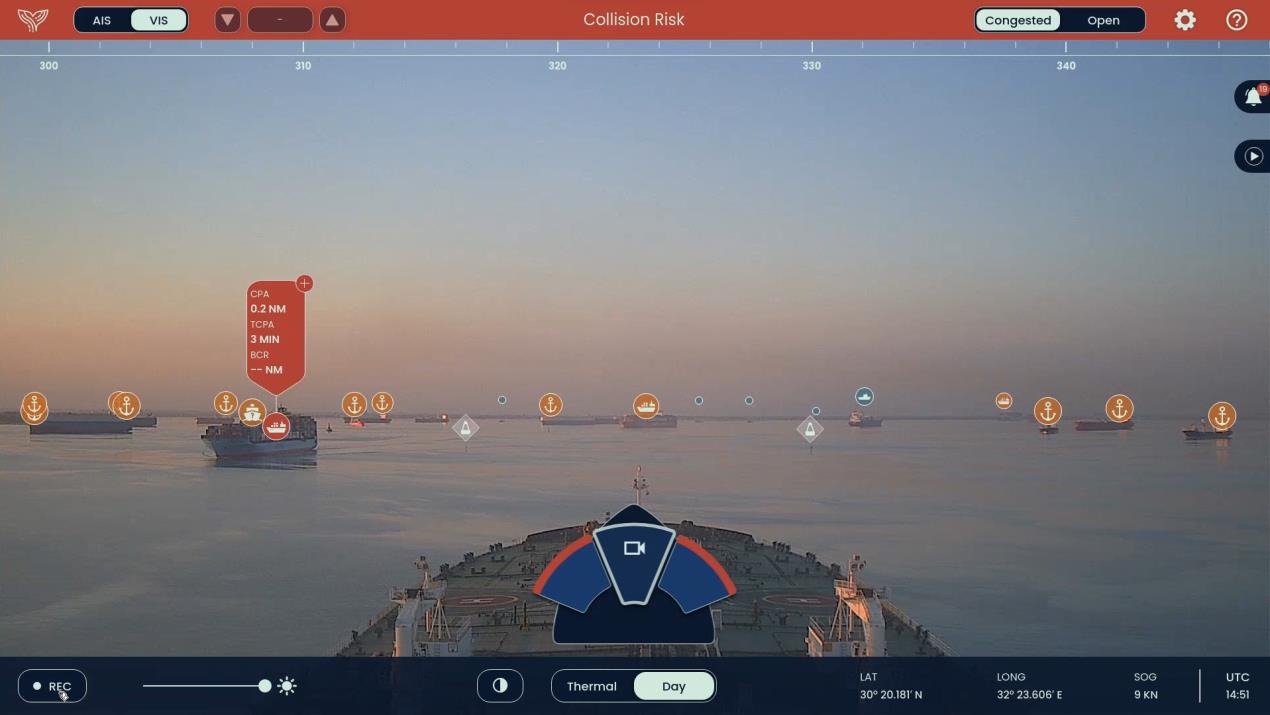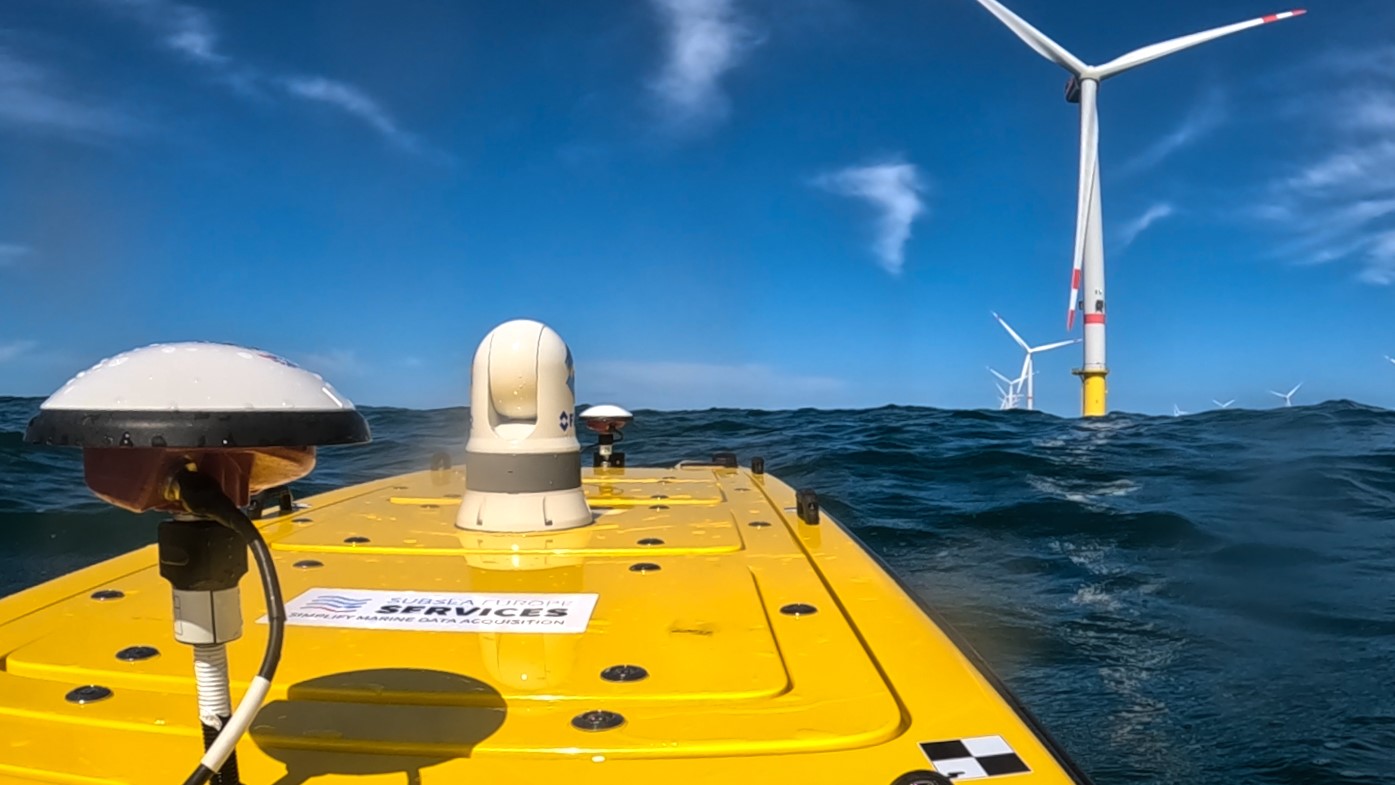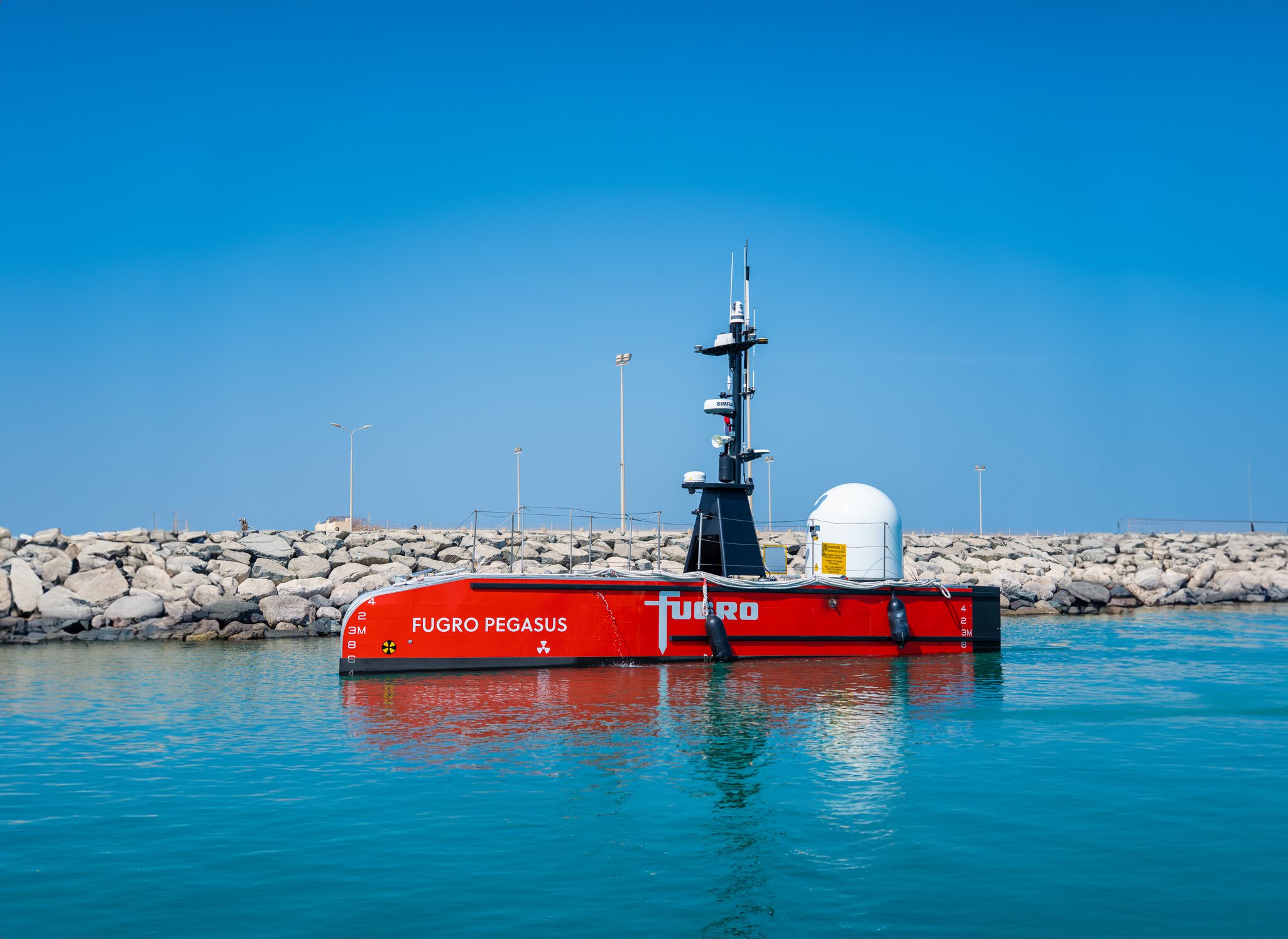While the future remains unwritten, it seems a fairly safe bet that the coming years will see an ever-greater number of maritime activities performed by drones. Indeed, one field of application to which aerial units seem particularly suited is the performance of ship surveys, with France-headquartered Bureau Veritas (BV) reporting that it successfully completed its first such drone-enabled survey of a bulk carrier within an unspecified Italian port this past March.
As a company, BV states that aerial drones are now mature as an alternative means of close-up inspection of the hull structure; they are survey ready on an operational basis. Moreover, their use, it continues, can help cut maintenance costs and planning by reducing a ship’s immobilisation, while also offering the potential for better quality evidence when assessing the condition of the hull.
The time required for the inspection itself will vary depending on what is required. Close-up inspections are less time-consuming than those required for ultrasonic thickness measurements (UTM) as readings need to be taken at many points to help ensure good data for the latter. But overall the technology is promising because it helps to save a great amount of time [by negating the] need to install [scaffolding] for close-up survey [work] or cherry pickers for access.
Understandably, this significantly reduces the time needed to prepare for and then conduct a survey. It also advances safety as the surveyor no longer needs to be exposed to the risks of working at height as would typically be the case. Similarly, the use of drones also leads to what BV terms “the minimisation of conditions for working”. After all, drones, it reasons, “usually have their own lights and this means that no specific lighting is required inside a space to be inspected”. Moreover, as the surveyor no longer needs to enter any potentially hazardous confined spaces, “prior ventilation [and] gas detection may not [now] be required”.
However, that is not to say that everything is perfect just yet. Pilot projects have shown that the UTM measurements by drone are effective but can still be improved, the company says. Drone manufacturers are continually improving and evolving the capabilities of the technology to improve performance. We are closely following these developments with the drone manufacturers and drone operators to ensure that the technology is effective on all surface conditions, such as coated or corroded surfaces.”
What’s more, drones are certainly not the only technology on BV’s mind at present. “We are also exploring augmented techniques leveraging artificial intelligence,” it says. “For instance, we are working on setting up image recognition software to examine and detect levels of corrosion in hull structures. This would also improve safety for our surveyors and our clients as well as helping in reducing unplanned maintenance or downtimes.”
“To date, Bureau Veritas has made real strides in advancing its vision for Digital Classification – of which drone surveys are just one aspect,” it says. “Different clients will have different needs but Digital Classification will be accessible to all our clients, regardless of where they are in their own digital transformation journey.”
Furthermore, regardless of where they are physically, BV is also keen “to help keep clients’ crews and assets safe” via the provision of remote inspection services, something that has been greatly helped by the recent opening of the company’s first Remote Survey Center. Located in Rotterdam, this new facility, it says, “will enable the applicable surveys for items, including classification surveys and specific statutory items as agreed by flag administrations, [which] can be delivered and approved remotely”.
Good technologies, operating procedures and change management are vital for confidence in remote surveys,” it says. And when it comes to performing such work, the company reports that it employs “two distinct approaches”, viz ‘See Remotely’ and ‘Decide Remotely’. While the former “enables examination onboard without the need for direct physical access of the surveyor through the use of Remote Inspection Techniques, such as drones or other remotely-operated vehicles, the latter, as its name suggests, involves the company making decisions or assessments remotely.
Bureau Veritas has conducted a full programme of tests and proof-of-concepts confirming that the relevant technologies are now mature enough to enable remote surveys,” it says, listing these technologies as including optimised livestreaming solutions and various connected devices, ranging from smart phones, tablets and Go-Pro cameras to smart glasses and augmented reality.
“We started remote surveys in 2012 with limited eligible classification items verified offline and we are now leveraging new technologies [and] now extending that scope of eligible items to more challenging items,” BV states. What’s more, with the “quality of connectivity” only set to increase, “these activities are accelerating” and will likely do so for some time, aided in part by wider global developments.
“Covid-19 will also leave a mark. We were actually well prepared for the circumstances we are now facing. We are now deploying our solutions for operating remotely in many use cases, such as inspections and tests at manufactory and shipyards in order to support the industry in this critical time by providing solutions to ensure the continuity of operations while helping reduce the effects of the pandemic,” it says.

































